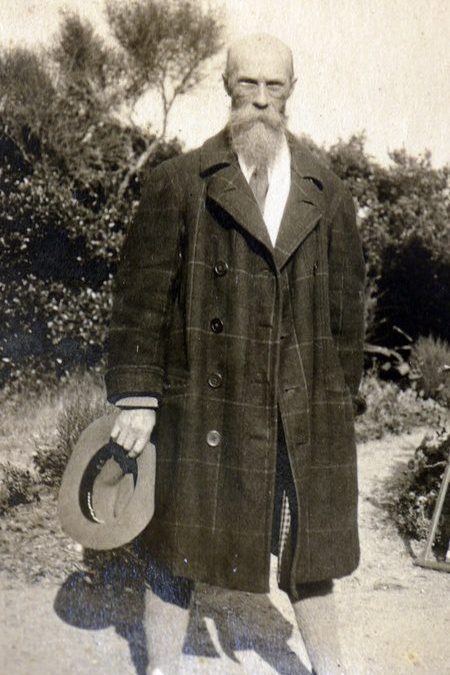
Edgar Maxence (1871-1954) was a French symbolist painter, recognized for his ethereal and spiritual artworks that echo the mysticism and depth of the Symbolist movement. Born in Nantes, Maxence emerged in the late 19th and early 20th centuries, a period that celebrated the primacy of personal expression and the exploration of the metaphysical in art. His work is characterized by a blend of religious themes, medieval inspiration, and a profound fascination with mysticism and the feminine divine, making him a distinctive voice within the Symbolist milieu.
Maxence’s education in the arts began at the École des Beaux-Arts in Paris, where he studied under notable figures such as Gustave Moreau, a pivotal influence who also mentored other significant symbolist artists. Maxence’s style developed under Moreau’s guidance, embracing the symbolic and dreamlike qualities that defined his later work. His paintings often featured ethereal female figures, saints, and angels, set against richly symbolic backgrounds filled with floral motifs and religious iconography. These figures were rendered with exquisite detail and a soft, muted palette that emphasized their otherworldly beauty and the spiritual themes of his work.
Prominent Symbolist
Throughout his career, Edgar Maxence exhibited his work widely, including at the Salon de la Société des Artistes Français and the Salon des Artistes Indépendants in Paris. His participation in these exhibitions established him as a prominent figure in the Symbolist movement, alongside contemporaries such as Gustave Moreau, Odilon Redon, and Pierre Puvis de Chavannes. Maxence’s artwork resonated with the Symbolist movement’s fascination with the unseen and the mystical, exploring themes of spirituality, the inner world of emotions, and the transcendent aspects of human existence.
One of Maxence’s notable contributions to art was his ability to synthesize elements from various historical periods and artistic styles, incorporating influences from the Renaissance, Pre-Raphaelitism, and Japanese prints. This eclectic approach allowed him to create a unique visual language that was both deeply rooted in tradition and strikingly modern in its exploration of symbolic themes.
Overshadowed, but Not Forgotten
Despite his success and recognition during his lifetime, Edgar Maxence’s work, like that of many Symbolist artists, became somewhat overshadowed by the rise of modernist movements in the early 20th century. However, his paintings continue to be celebrated for their beauty, complexity, and the depth of their symbolic content. Today, Maxence’s work is held in high esteem by collectors and art historians alike and can be found in the collections of major museums in France and around the world.
Edgar Maxence’s legacy lies not only in his contributions to the Symbolist movement but also in his dedication to exploring the spiritual and mystical dimensions of art. His work invites viewers into a contemplative space, encouraging reflection on the deeper meanings and connections between the material and spiritual worlds. In this way, Maxence’s paintings remain a poignant reminder of the power of art to evoke the ineffable and to explore the depths of the human soul.




